

Without question, Muramasa: The Demon Blade is the most beautiful game on Wii. Its lavish, superbly animated world shames the system's tepid 3D offerings to the point where "pretty for a Wii game" should be forever stricken from gaming phraseology. No doubt you've peeked at the screens, maybe even watched some videos, but to truly appreciate these visuals you need to experience them firsthand, a sincerely welcome task given that the backbone of the game is a battle system that allows you to chop ninjas, monsters and demons into bits.
Combat is a mix of Devil May Cry's stylish acrobatics with Castle Crasher's juggle-happy combo strings. Nearly every move can be chained into another, so you can strike two ninjas in front of you, hurl them in the air, turn around and deflect a shuriken back at another ninja across the screen, then leap into the air and continue pounding on the first two guys before they hit the ground, all without breaking a sweat. It goes on like this until they're all dead, at which point you see a brief tally screen judging your performance, and then you're running off in search of the next jaw-dropping, building-sized boss.
Sounds fun as hell, right? It truly is one of the flashiest, most satisfying combat schemes we've played in years, even though it's handled with one attack button and some flicks on the direction stick. The one-button limitation doesn’t hinder the experience, but the lack of new moves sure does - you begin the game with literally every move you'll ever know. You have access to all of your attacks from the get-go, and even though you'll gain experience, money and equipment as the hours wear on, you never learn new moves. Imagine if Devil May Cry or Ninja Gaiden began with Dante or Ryu in full possession of their entire battle repertoire, robbing the player of character growth and a sense of progression. It's a strange choice somewhat balanced by the forging system, the method in which you purchase new god-slaying blades.
Instead of learning new moves, you unlock new swords from a branching chart. Each sword handles roughly the same and only brings one unique special attack to the fold. Thus, you're not unlocking new weapons so much as unlocking one new special attack per sword. It's great for initial experimentation, but inevitably you'll find a special that you love, one that really racks up the combo count, and have to discard the sword it's attached to because it's too weak to fight off the next area's tougher enemies. If you dig around the chart long enough you'll find a newer, more powerful version of that special attack (as in Slash I, Slash II etc), though that makes your options appear even less varied. It’s a surprising lack of combat options for a game built around slaughtering enemies by the hundreds.
While the combat may ultimately prove shallow, Muramasa has a less tangible depth that many contemporary action games do not. It handles like an old-school, no-nonsense title from the Super NES and Genesis days, with clean and clear level structure, challenging yet enjoyable boss encounters and melodic, catchy music that'll undoubtedly live on for years after we've stopped playing. If you missed this style's heyday in the '80s and '90s, this is a perfect game to use as a buffer between today's obsession with glitz and yesteryear's devotion to design. The little problems are still there, but you're far more likely to forgive them in favor of the pervading sense of artistry, care and expertise.
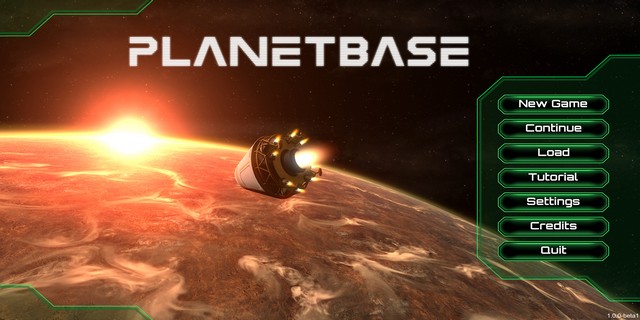
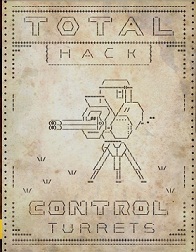


 Walking Dead Set to Return on Previous-Gen
Walking Dead Set to Return on Previous-Gen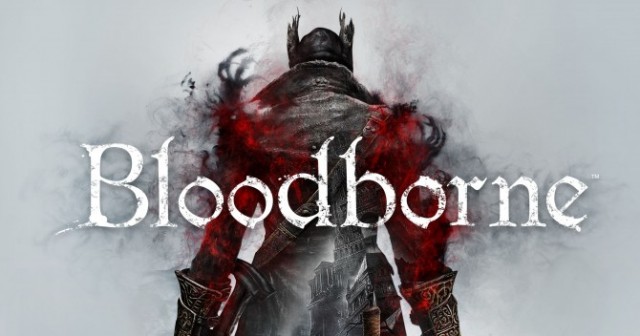 How to Play Bloodborne PS4 PVP Matches And Invade Other Players
How to Play Bloodborne PS4 PVP Matches And Invade Other Players Interview: On The Future of Devolver Digital And Indie Games Publishing
Interview: On The Future of Devolver Digital And Indie Games Publishing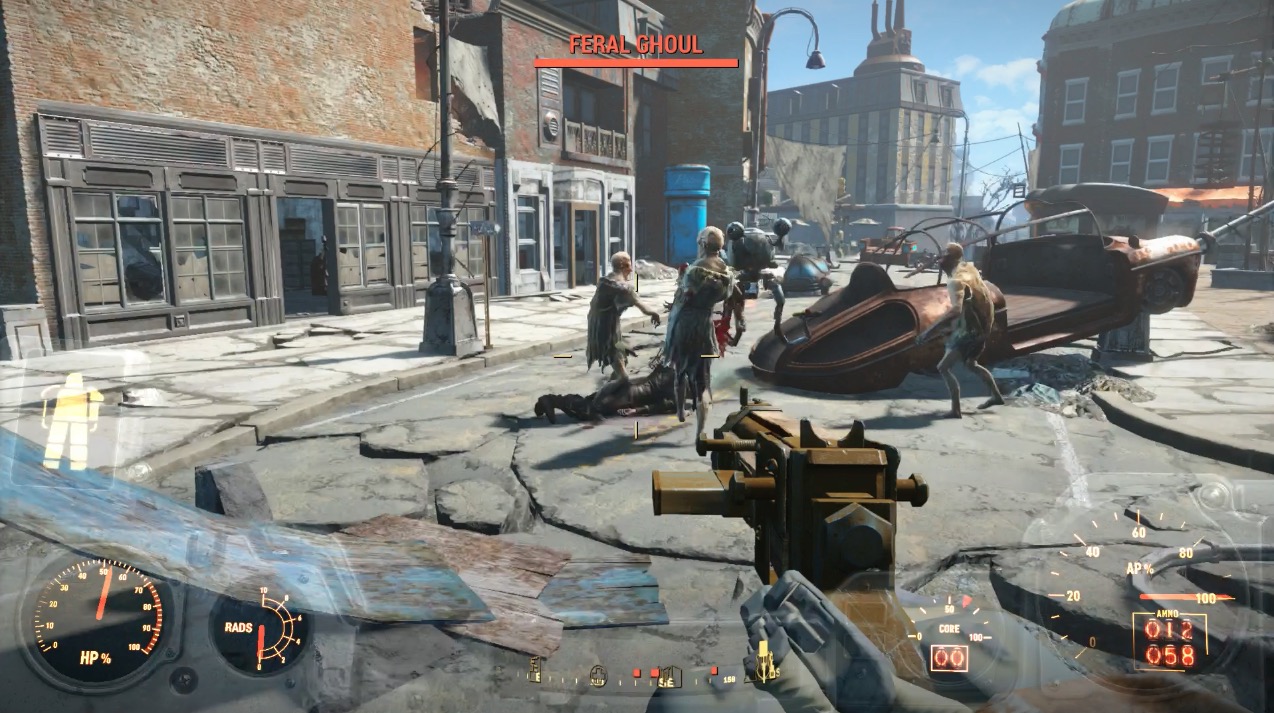 Fallout 4: Fire Support walkthrough
Fallout 4: Fire Support walkthrough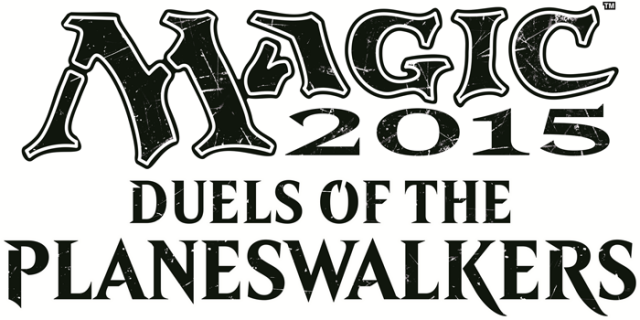 Magic 2015: Complete Walkthrough and Minumum System requirements
Magic 2015: Complete Walkthrough and Minumum System requirements